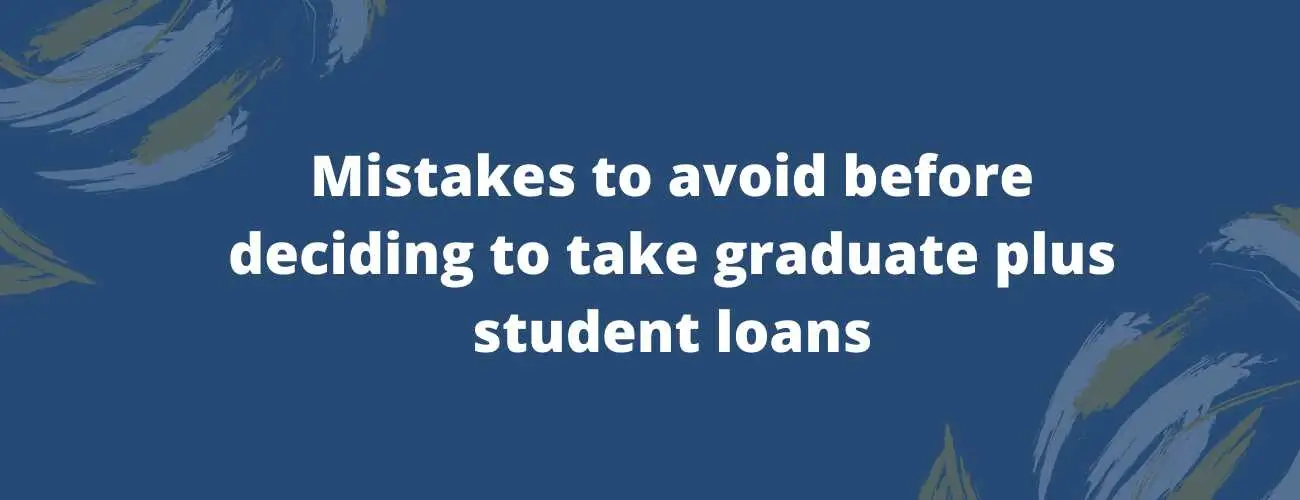What is Income-Based Repayment Plan?
Find out all you need to know about Income-based Repayment Plan, how it can benefit you. The disadvantages and also its comparison with other income-driven plans to know if it is for you.
Updated by Heibha Passah on 22nd November 2019
When the time comes to start repaying your federal student loans, you need to think about how to repay them. Usually, the US Department of Education enrolls every borrower for a standard repayment plan which might be quite expensive for those who are not earning more.
The income-based repayment plan which is one of the four types of Income-Driven Repayment Plan (IDR) can be helpful to those people because the monthly payment amounts will be based on their income and family size. It means that those who are earning less will be paying less, hence making it convenient for them to repay their debt.
Contents
- What is an Income-Based Repayment Plan (IBR)?
- Eligibility criteria for Income-Based Repayment Plans
- Application process for Income-Based Repayment plans
- Comparison of IBR with other IDR plans
- Advantages and Disadvantages
- So is IBR right for me?
- Conclusion
What is an Income-Based Repayment Plan (IBR)?
An Income-Based Repayment Plan is a type of Income-Driven Repayment Plan (IDR) where you can make payments based on the income you earned and your family size. Your monthly payments will reduce because of this, hence making it more affordable to you especially if the amount of debt owed by you is more than the income earned.
IBR and lower monthly payments
When you reach the repayment you are given a default 10-year standard repayment plan to follow, but given certain circumstances, it might not be feasible for the borrower to go ahead with the repayment plan given to them.
Circumstances where the borrower has a high student loan balance leading to a high monthly payment to be met or situations where the income is lower in relation to the debt also leads to struggle to meet monthly payments.
Given the unfortunate situations mentioned above in order to manage your monthly payments, an IDR plan is the best option. The payments are adjusted as per your discretionary income and family. Not the size of your student loan balance. This leads to a lower monthly payment to be met as per your financial situation.
Interest and IBR
Interest payments are also to be made during the repayment period and for certain situations, the reduced monthly payments may not cover the interest payments to be met. If you have subsidized Stafford loans then the government will cover the interest payments for the first 3 years. But after 3 years the interest will be added to the total amount you own.
Side note - The key here is that even if your debt is high, keep the payments to be made affordable because after 25 years of qualifying payments your loans will be forgiven.
Qualifying payments
In order for your payments to be forgiven after 25 years, your payments have to be qualified for forgiveness. The Department of Education has indicated the following payments as qualifying for the IBR’s 25-year forgiveness program
-
Payments made in the ICR plan before July 1, 2009.
-
All payments made on or after July 1, 2009, in the IBR, ICR or standard(10-year) repayment plan
-
Periods when the borrower has a calculated payment of zero in IBR or ICR
-
Periods on or after July 1, 2009, when the borrower has been granted an economic hardship deferment.
Out of all the plans under Income-Driven Repayment Plan, IBR is the most complicated one to understand. If you have loans disbursed before July 1, 2014, then you will qualify for the old IBR which is not as attractive as the new one and you should consider other repayment plans. But if you have loans disbursed after July 1, 2014, then you qualify for the new IBR which is the best out of the other types of IDR Plan if-
-
You didn’t qualify for PAYE.
-
You don’t think that your income is going to increase much over time.
-
You have grad school debt.
-
You are married and you and your partner have incomes.
Comparison between old and new IBR
As per a general survey conducted by Financialrounds.com, it was said that the vast majority had chosen not to go for the Old IBR, here is a comparative study to help understand the difference between the two.
| Factors | Old IBR | New IBR |
| Repayment term | 25 years | 20 years |
| Amount of payment | 15% of discretionary income | 10% of discretionary income |
| Most suited for | FFLEP loan borrowers | Borrowers not qualifying for PAYE |
As indicated the New IBR is preferred and it should be noted that anybody eligible for the old IBR can qualify for at least one of the other IDR plans.
Eligibility Criteria for Income-Based Repayment Plans
In order to be eligible for an income-based repayment plan here are the requirements:
-
The payment amounts you make under IBR should be less than the amount you would be paying under a Standard Repayment Plan of 10 years.
-
The borrower must show 'partial financial hardship'.
-
The debt you owe should be more than your discretionary income.
-
You need to certify your income (showing a partial financial hardship) and family size. You need to recertify your income and family size every year as it is evaluated annually, also when your income or family size changes.
If you do not recertify your income and family size within the due date, then you would still be on the IBR plan but your monthly payments won’t be income-based and you would continue making payments as per the amounts under a Standard Repayment Period with a term of 10 years.
Let's say that the borrower has an AGI which is less than 150% of the poverty line established by the government, the payment under IBR will be zero (monthly). If the payment doesn't fulfill the interest on the loan, the federal government will pay up the unpaid interest which got acquired on a subsidized loan for up to three years, since the day IBR was opted for.
Eligible loans for IBR
- Direct Subsidized and Unsubsidized Loans
- Direct Grad PLUS Loans
- Direct Consolidation Loans that did not repay any Parent PLUS Loans
- Subsidized and Unsubsidized Federal Stafford Loans (Under FFEL Program)
- FFEL Grad PLUS Loans
- FFEL Consolidation Loans that did not repay any Parent PLUS Loan
It should be noted that borrowers of FFEL loans are eligible for only IBR plan out of the other types of Income-Driven Plans.
What is Discretionary Income?
The discretionary income of an individual is the amount of income left after deducting the necessary expenses like taxes, utilities, and food. So it is basically the amount you spend on non-essential things throughout the month.
But the US Department of Education looks at discretionary income as the amount of gross income (after tax) minus the poverty guidelines for your family size (in terms of student loans and income-driven plans).
Calculation of discretionary income
For most of the IDR plans, including the IBR plan, the discretionary income is calculated as the gross income minus 150% of poverty guidelines.
Your total salary is allowed to be kept by the Government up to 150% of poverty guidelines as they consider it to be essential as well as non-discretionary.
For example - You have a family size of 6 and earning a gross income of $60,000. The 2019 poverty guidelines as per 48 contiguous states and the District of Columbia for a family of 6 is $34,590. (Poverty guidelines for the state of Hawaii and Alaska are different)
So the discretionary income will be -
$60000 - (150% of $34590) = $60000 - $51885 = $8115.
Learn more on Discretionary Income
Application Process For Income-Based Repayment plan
To apply for IBR, you need to take an application form called the Income-Driven Repayment Plan Request either from your loan servicer or apply for it online through the federal government website studentloans.gov. If you choose to take the form from your loan servicer, provide all the necessary details along with documentation as proof, if asked for, then sent it back to them through the mail.
You need to have the following before applying for the plan.
- Federal Student Aid (FSA) ID. If you do not have one, you can create one by visiting studentaid.ed.gov.
- Your personal information like address, email ID and phone number.
- Your partner’s details, if you are married. Their signature is also needed in the application.
- Your income information like a recently filed tax return, as proof of income.
If you to apply online, you have to follow the steps below-
- Go to studentloans.gov and log in with your Financial Student Aid (FSA) ID.
- Click on the Income-Driven Repayment Plan Request application form. Go through it to know what all details you need to provide and be ready with the documents as proof if asked for.
- You can choose IBR from the list of other income-driven repayment plans. Note that you can change your repayment plan at any time if you want to.
- Complete the application form by providing all the information that is asked for.
Irrespective of whether you applied online or submitted your loan paper application through mail along with any required documents, the time taken by your loan servicer to process your request might take a few weeks as they will need to acquire documents as proof of your income and family size.
Comparison of Income-Based Repayment Plans with other IDR plans
Let’s compare the different types of income-driven plans to see which one you should go for and why.
IBR and PAYE - The new IBR and PAYE have almost the same features except that PAYE has a limit (10% of the loan balance) on the amount of interest to be capitalized while IBR doesn’t.
For example - If you have a loan of $5000 with an accrued interest of $1000, then under PAYE, only 10% of $5000, i.e $500 will be capitalized while on IBR, the whole $1000 will be capitalized.
So in this sense, PAYE is a better option and one can go for the IBR plan only if not qualified for PAYE.
New IBR and REPAYE - You can opt for IBR only if you show that you are facing partial financial hardship and you don’t expect your income to increase more in the later date.
The whole idea behind IBR is that the amount of the payments you are making should not be exceeding the amount you pay on a Standard Repayment Plan. So, if your income increases to the extent that your payment amount increases up to the amount paid under the Standard Repayment Plan or more, then you would be returning to the Standard Repayment Plan where any accrued interest which remains unpaid would be capitalized making the debt costlier.
If you don’t qualify for IBR plan because of high income, or you expect your income to increase in the later date, then it is better to opt for REPAYE. It also allows you to make monthly payments at an amount of 10% of your discretionary income but you do not need to show that you are facing partial financial hardship to qualify.
Old IBR and REPAYE - If you qualify for the old IBR and you have graduate loan debts, then the repayment period will be 25 years plus 5 more years. So, your loan will be forgiven only after 30 years.
REPAYE would be a better option in this case as the repayment term will be 25 years with grad loan debt and also subsidizes more interest on your loans as compared to IBR. It means that the remaining balance that would qualify for loan forgiveness will be lesser which is a good thing as this amount will be taxable.
IBR and Income-Contingent Repayment (ICR) Plan - If you have Parent PLUS loans, then you won’t be eligible for IBR or any other income-driven plans. ICR is the only plan which Parent PLUS loans are eligible for, even though they have to be consolidated first.
It also allows your loans to qualify for forgiveness after 25 years. The monthly payment amounts are determined as 20% of discretionary income or monthly payments when amortization of loans takes place, whichever is lesser. (Amortization means the reduction of the debt over a period of time)
Old IBR and other income-driven plans - If you have FFELP loans that means that you qualify only for the old IBR which is not a good option as compared to other income-driven plans.
Consolidation of these loans can be done so that they would qualify for other plans but it will reset the qualifying payments you’ve already made towards forgiveness if any. Do some more research to find out if this option would be beneficial and act accordingly.
IBR and other income-driven plans - The way you file your tax returns will determine the amount of the monthly payments you make. In case you are married and you are-
- filing for returns separately - The payments you make are based only on your income.
- joint-filing of returns - The payments you make are based on your and your spouse’s income.
This option is not available in other plans. With IBR, you can reduce the amount of the monthly payments you make by filing your returns separately even if you’re married.
Advantages and Disadvantages of IDR Plan
There are several benefits of enrolling with an Income-Driven Repayment plan, but there are certain disadvantages as well. Here is a detailed understanding on both advantages and disadvantages to help you get an overall idea of what to expect with an IDR plan.
Advantages
The following points explain the advantages of IBR.
- The monthly payments you are making will be based on your income. So if you earn less, you also have to pay less (10% or 15% of your discretionary income).
- As compared to the amount of the monthly payment you make on a Standard Repayment Plan, the amount on an IBR plan will always be less.
- Your income is reevaluated every year, so if your income goes down then the monthly payment amounts will also decrease.
- After making qualifying payments for 20 or 25 years, if you have any remaining balance, then it will be forgiven. If eligible for the PSLF program, then the debt will be forgiven after 10 years.
- Both graduate and undergraduate students can get themselves enrolled in the IBR plan.
- You can choose other repayment plans if you want to pay off your loans faster.
Disadvantages
The following points explain the disadvantages of IBR.
- During periods when your income is really low, the payments you are making might not be enough to cover the interest amount. This interest will capitalize at the end of the repayment period which increases the amount to be paid.
- The amount of the loan that is forgiven is chargeable to tax.
- The interest amount you are paying over the repayment period (20 or 25 years) means that you are paying a higher amount than the amount you have to pay on a Standard Repayment Plan.
- Reevaluation of income is done annually, so any increase in your income will gradually lead to an increase in the amount of the monthly payments also.
- The plan is restricted to certain Federal loans only. Private loans are not eligible.
Learn more about student loan repayment plans for you
So is IBR right for you?
Now since you have an idea of the advantages and disadvantages of IBR you might still be on the crossroads on going ahead with it. Here are a few steps to help you decide if IBR (or any other IDR plan) is the right option for you
1.Estimate your monthly payment
Before settling on a loan repayment plan you need to estimate the monthly payments to be made.
2. Be aware of tax involvement in your repayment journey
Are you planning to get your debt forgiven? It should be noted that any debt forgiven is taxable unless forgiven through PSLF
3. Everyone’s situation is different so evaluate your situation
Going ahead for a payment plan with the lowest monthly payment available is appealing but you need to be aware of the other factors that can influence your repayment journey. Take the long term costs into consideration as well.
The main goal is to gain control of your finances and also not put your payments on hold. Take sufficient time to research the options available to you.
Loan Forgiveness and PSLF Program
Any borrower who is enrolled in an income-based repayment plan will get the advantage of being eligible for either loan forgiveness or the Public Service Loan Forgiveness (PSLF) program.
Generally, if a borrower still has remaining balance to be paid after making qualifying monthly payments on-time, at the end of the repayment period (20 or 25 years), then this amount will be forgiven.
The total repayment period also includes the period of economic hardship deferment, the period where you were making payments under certain repayment plans and also the period where the amount of payment to be made is $0.
To know when the remaining amount will be qualified for forgiveness, you need to talk to your student loan servicer.
If you qualify for the PSLF program, then after making qualifying payments for 10 years the remaining balance will qualify for forgiveness.
Worried about college finances? Learn about student loans
Conclusion
It is clear now that even though IBR is a good plan to go for, it isn’t really for everyone. If you are earning very less and are not able to make payments as per the amounts under Standard Repayment Plan, then you can opt for IBR as it allows you to make smaller amounts of payment. But the repayment term is extended to 20 - 25 years which will increase the amount later on because of the accrued interest making you pay more in terms of interest.
Other ways to pay less
If you still feel that an income-driven repayment plan isn’t the best option for you then there are other options available to you. The federal government provides plans such as the extended repayment plan and the graduated repayment plans which also lower your payments but are not based on your income.
It should be noted that the interest payments to be made are higher and there is no loan forgiveness associated with these plans.
Another option is refinancing but it is advisable to have an in-depth knowledge of refinancing and the drawbacks of refinancing your loans before going ahead with it. You lose forgiveness options upon refinancing your federal loans. If you are comfortable giving up those options and you have a strong credit backed by a steady income refinancing your loans may end up saving money.
Also, the loans that are forgiven will be chargeable to tax, which doesn’t really benefit you in any way.
So, make sure to do your research and understand these plans before enrolling in them, as it all depends upon the situation that you are facing. Consider factors like the amount of the loan, your income and if there are any other loan forgiveness alternatives that you can go for before signing up for the IBR plan.
| Minumum Credit Score | Apply in as little as | Variable APR | Fixed APR | ||
|---|---|---|---|---|---|
 | Not Available | 15 minutes or less | 2.95 | 4.74 | View disclosures |
 | 620 | 2 minutes | 5.38%-16.99%1 | 4.43%-16.99%1 | View disclosures |
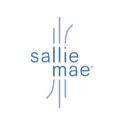 | Not Available | 15 minutes | 1.13% - 11.23%¹ (with autopay) | 3.50% - 12.60%¹ (with autopay) | View disclosures |
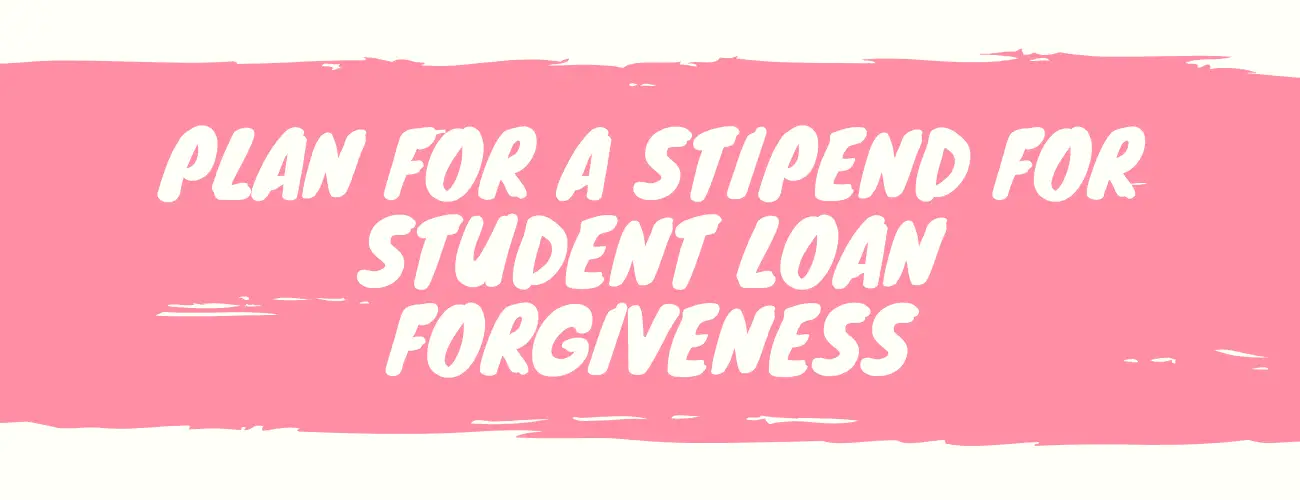
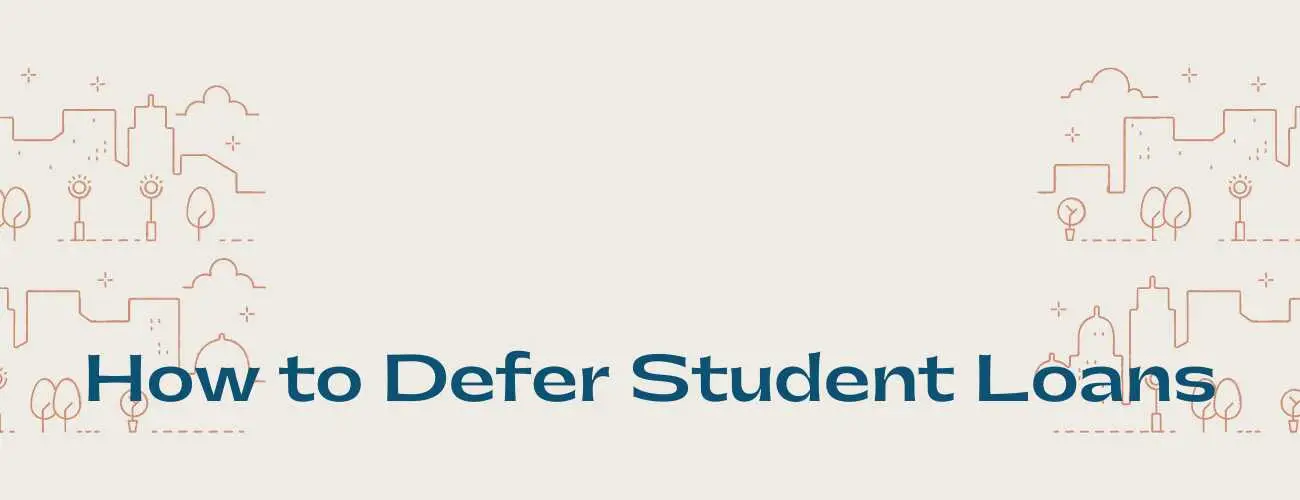
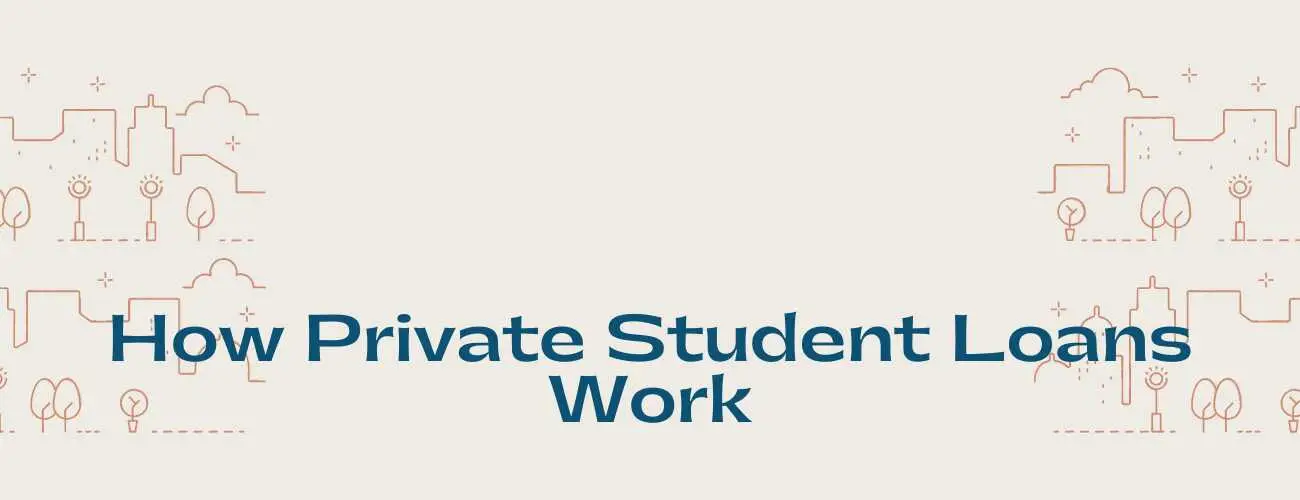
93.jpg)
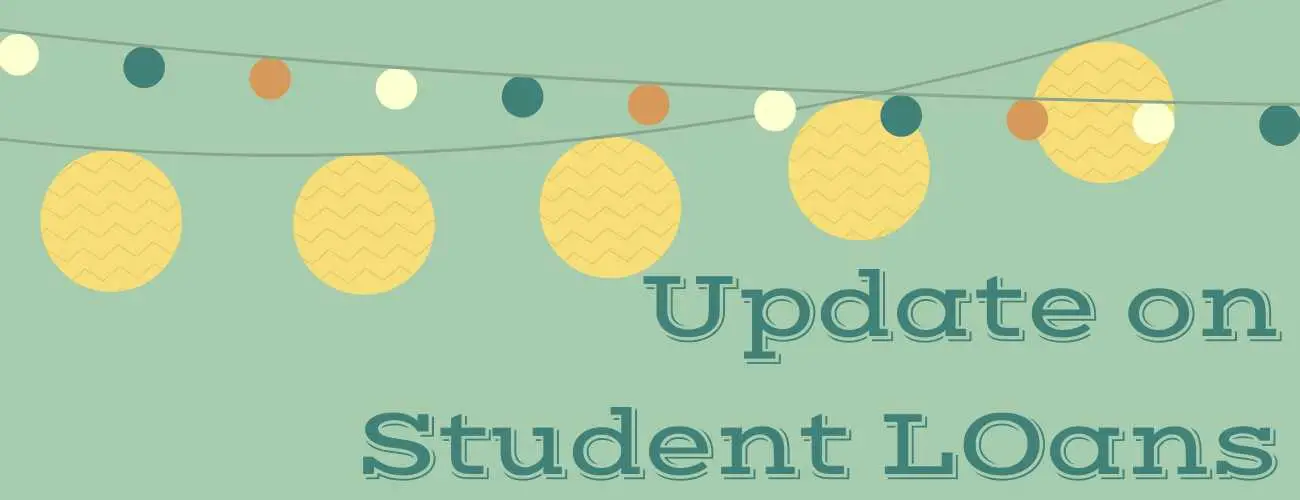

28.jpg)
